Scott #38 holds a distinct place in the history of United States postage stamps. As the first 30-cent stamp issued, it introduced a completely new design featuring a portrait of Benjamin Franklin. The stamp’s orange color further sets it apart from its predecessors.
Design & Print
The design of Scott #38 is centered around a profile bust of Benjamin Franklin, looking to the left, set on an oval disk with a very dark ground and a slightly shaded border. At the top, in an irregular panel, are the words “U.S. Postage” in two lines of white capitals. The bottom panel features the Arabic numerals “30,” while the sides display the words “thirty” and “cents” in white capitals. Each of the four corners is adorned with an obliquely placed shield, surrounded by fine radiations and connected with ornate shaded scrolls. The design is framed by a fine double line on the two sides and top, ending in six spear points, adding to its distinctive appearance.
Postal Usage
Scott #38 was typically used in combination with other stamps to pay for large weight overseas packages. Its 30-cent denomination made it particularly suitable for significant postal requirements, such as single stamp usage to countries like Germany and France. The earliest recorded date of use for Scott #38 is August 8th, 1860, indicating its active role in the postal system during this period.
Identification
Identifying Scott #38 involves recognizing its unique design elements. The stamp’s orange color is a primary identifier. Additionally, the profile bust of Franklin, the arrangement of the numerals and text, and the ornate design at the corners are key features. The double-lined frame with spear points further distinguishes Scott #38. These design elements make Scott #38 a distinguishable and valuable stamp in American philately.
Scott #38, with its new design and orange color, represents a significant evolution in U.S. postage stamps. Its depiction of Benjamin Franklin and intricate design elements, combined with its specific usage for heavy international mail, highlight its importance in postal history. Understanding the design, usage, and identification features of Scott #38 provides a comprehensive perspective on its role and value in the realm of philately.

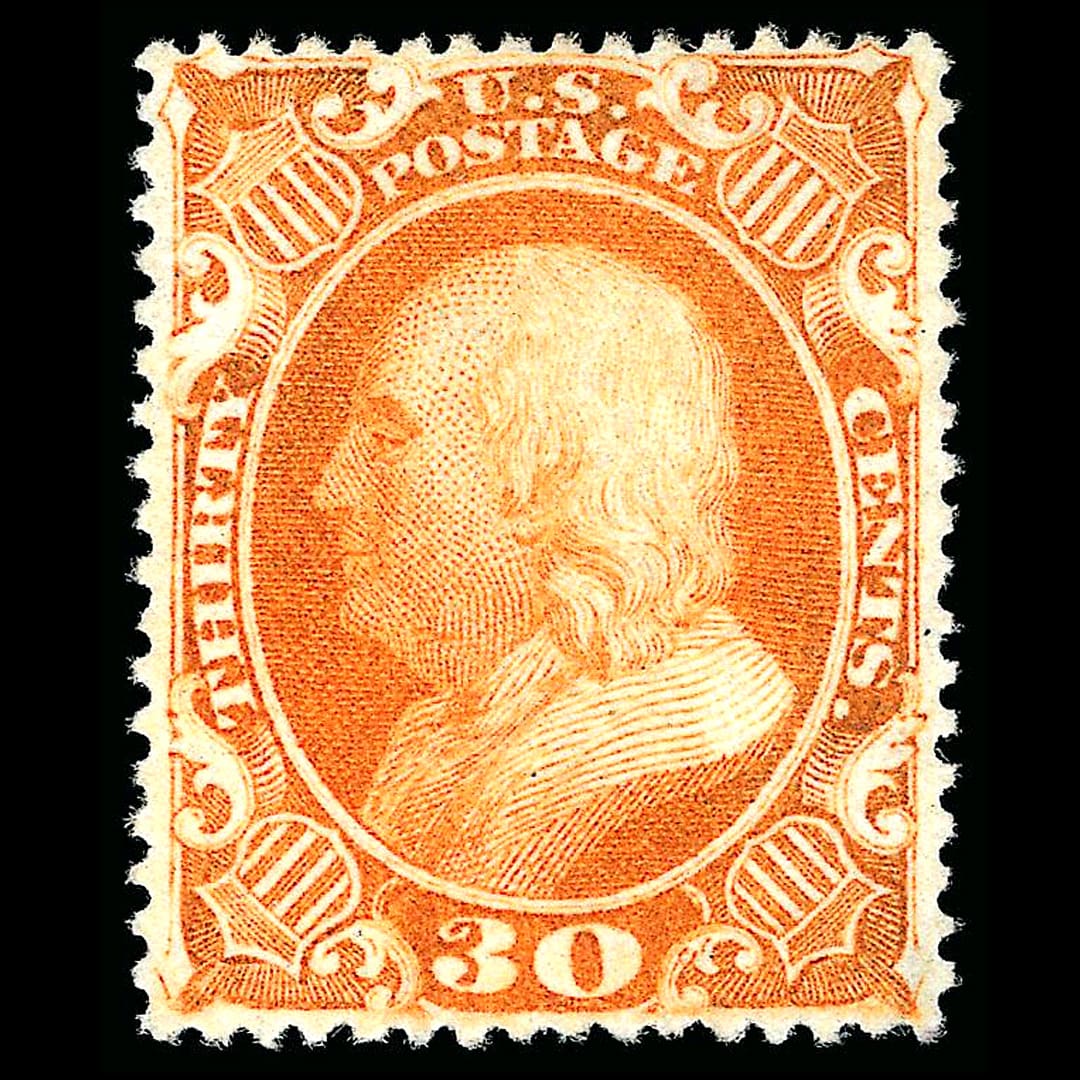

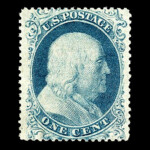
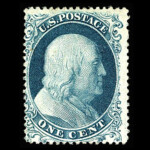
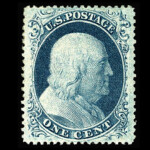
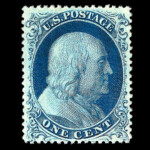
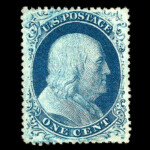
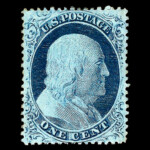
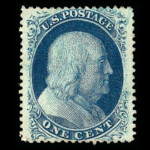
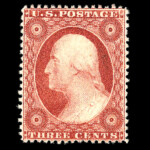
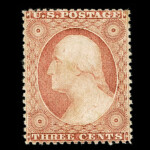
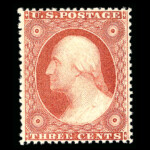
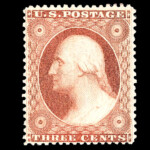
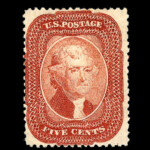
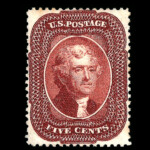
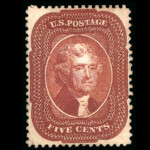
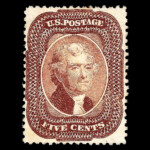
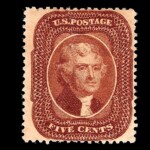
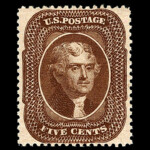
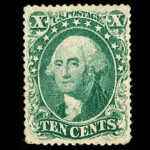
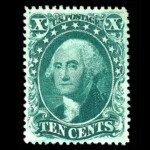
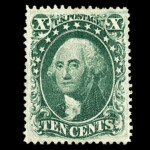
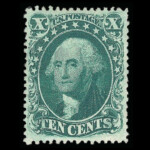
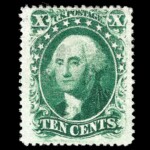
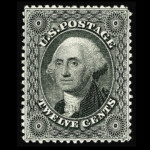
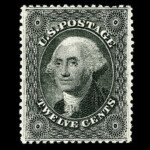

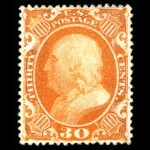
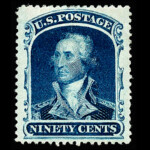









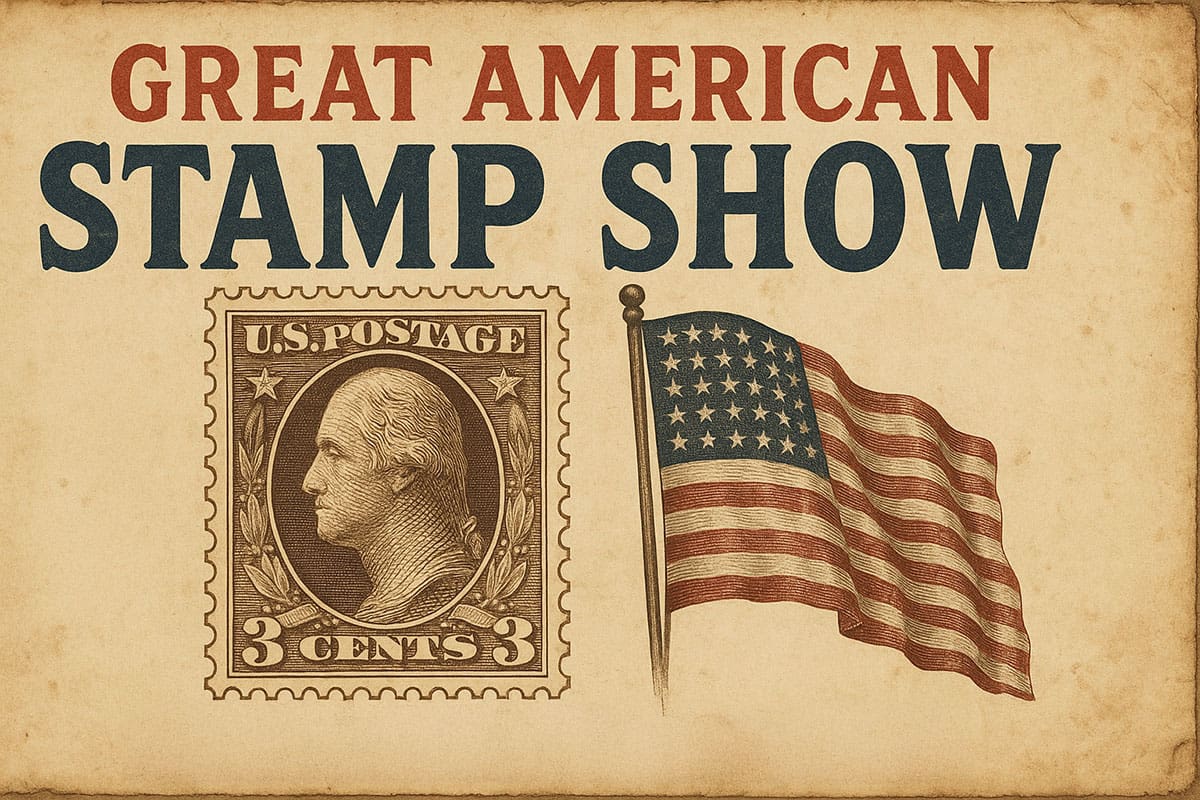


Ask A Question Or Leave A Comment